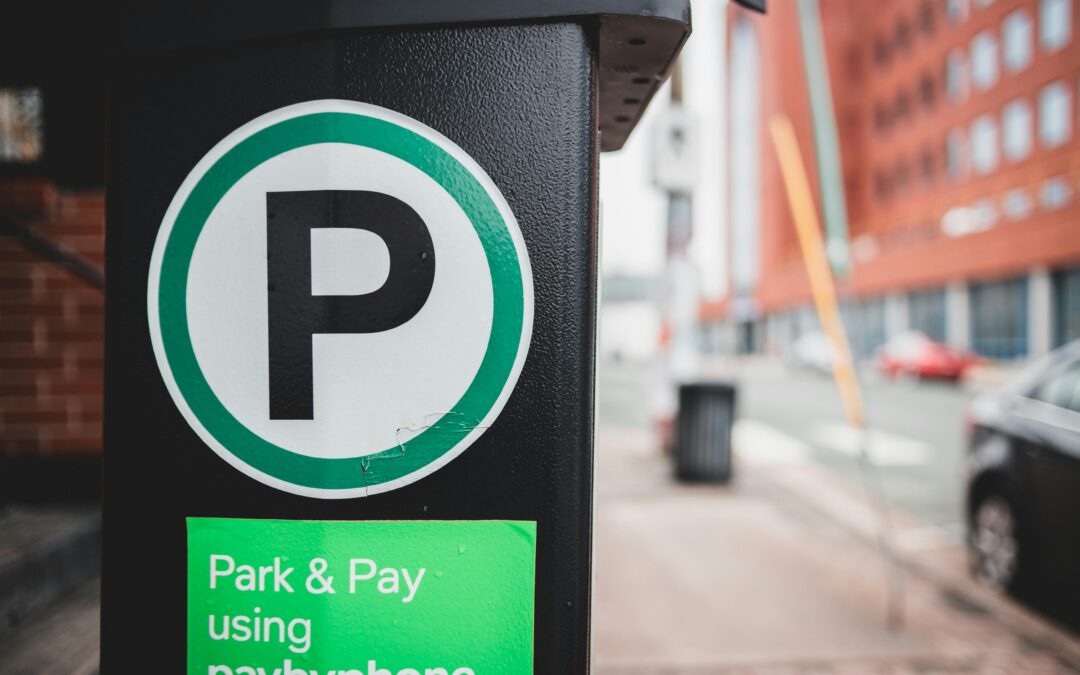As parking garages evolve, safety remains central to both daily operations and long-term planning. Technology plays an active role in enhancing how these facilities are managed and monitored. City Parking has adopted many of these technologies to meet shifting demands in the parking industry. Here are some technologies that improve garage safety:
Utilizing License Plate Recognition
Traditional gated systems often depended on attendants or access cards. Now, many garages use license plate recognition to control entry, allowing vehicles to move through without physical interaction. These systems automatically log vehicle data and compare it to internal databases. This helps reduce unauthorized access and tracks overall traffic patterns with more precision.
Because this method speeds up vehicle flow, parking garages can avoid delays at access points. It also reduces the need for physical infrastructure, such as booths or scanners. Plate recognition also creates consistency for repeat customers, who can enter and exit without stopping or rolling down windows. Facilities that operate across multiple sites often share access data across locations to increase continuity.
Integrating Smart Surveillance Systems
Modern camera networks serve more than just a visual record. With built-in analytics, some systems can detect movement, flag irregular patterns, and send alerts when something stands out. These systems are able to distinguish between pedestrian activity and vehicle movement. Some parking garages combine these systems with entry logs and time stamps, creating a larger data trail. This makes it easier to review incidents or track down specific events. When needed, footage can be reviewed in high definition with supporting access logs to provide context. The use of connected platforms streamlines this process while reducing blind spots.
Using Real-Time Technologies
Occupancy tracking offers a clear view of how space is being used throughout the day. With sensors and cameras working together, these systems detect available parking spots in real time. This helps reduce unnecessary circling and guides drivers directly to open areas. It also provides staff with usage statistics, such as hourly or daily, that can be reviewed for patterns or underutilized zones.
Adaptive lighting systems activate based on detected movement or time of day. This provides illumination in active zones while conserving energy elsewhere. In some garages, lighting is also used to enhance security camera performance. This pairing improves visibility in low-light conditions, and it creates a safer environment overall.
City Parking incorporates these systems in select locations. This helps create a safer user experience without disrupting day-to-day access. These installations are particularly useful in garages with large layouts, where visibility and guidance are more difficult to manage manually.
Improving Pedestrian Safety With Digital Signage
Interaction between cars and pedestrians in garages can lead to issues. Digital signage reduces problems by guiding users through traffic flow and layout changes. Updates can be pushed remotely without replacing hardware.
Some garages use screens to communicate closures, maintenance updates, or altered foot traffic patterns. These displays are often placed at key intersections or elevator zones. In large garages, multiple signs work together to direct both vehicle and pedestrian traffic. Wayfinding systems also allow for custom navigation paths. In mixed-use garages, this separates different user types, which helps lower congestion in high-traffic areas. City Parking applies this approach in garages with shared commercial and residential access.
Streamlining Incident Communication
Technology supports faster response times when emergencies occur. Many garages use emergency call stations with two-way audio and video. These systems are linked to security teams either on-site or off-site. Some are programmed to activate alerts when noise thresholds or unexpected motions are detected.
Users may be able to connect to safety teams via mobile platforms. These apps allow users to send discreet notifications from anywhere inside the garage. Once flagged, the issue is logged and evaluated through integrated software. Teams then follow established safety protocols based on the nature of the alert.
In some garages, these systems interface with building controls. This allows coordinated action involving lighting, alarms, and ventilation when larger issues arise. The result is a facility that is prepared to handle both minor and major events without delay. These tools reduce reaction time and help avoid issues during emergencies, particularly in multi-level garages with high foot traffic.
Use Parking Garages with Improved Safety
Parking garages have become more responsive and adaptive thanks to emerging technology. From license plate recognition to networked emergency tools, these upgrades support safer, smarter operations. City Parking continues to align its practices with proven systems that meet safety demands across urban environments. Find a suitable parking garage near you using our website.

